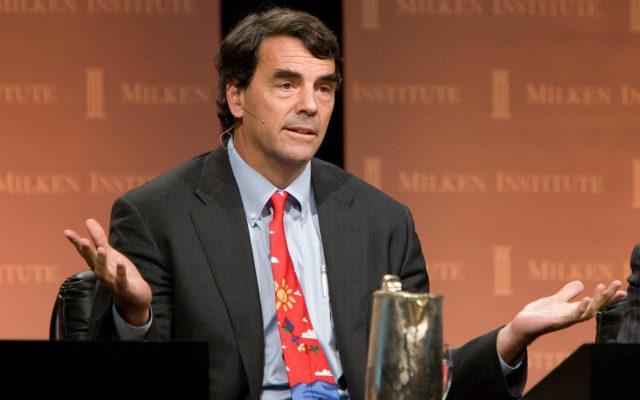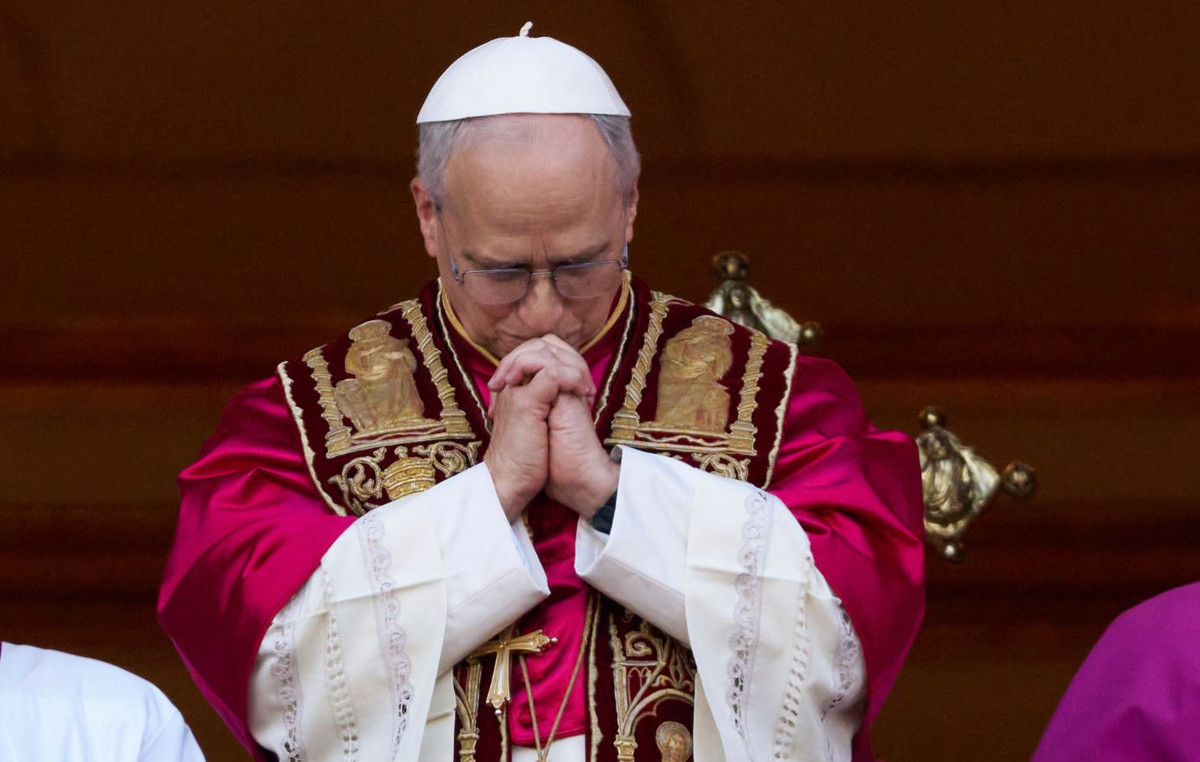- The DXY index registers a slight rebound and is currently trading near 106.00.
- March retail sales beat forecasts, bolstering bond yields and the US dollar.
- The Fed is hawkish, adjustments in expectations of easing caused the dollar to rebound last week.
He US Dollar Index (DXY) is trading higher, near 106.05 on Monday, slightly below the high of 106.10 reached last week. Strong economic data continues to support the Federal Reserve's (Fed) hawkish rhetoric, with the dollar benefiting from rising US Treasury yields. Tensions between Israel and Iran also contribute to market caution, which tends to favor the US dollar.
The U.S. economy is showing strength, with first-quarter growth indicating resilience and rising consumer spending supported by strong labor demand. The Fed's stance is leaning toward the hawkish line, adjusting its easing expectations and beginning to signal a delay in rate cuts, buoyed by continued robust growth and persistent inflation.
Daily Market Moves Summary: DXY Gains Some Ground as US Retail Sales Beat Expectations
- The US Census Bureau revealed that March retail sales grew 0.7% annually, more than double the expected annual growth rate of 0.3%.
- Reflecting the Fed's stance, hawkish sentiment continues to dominate as officials last week began hinting at a postponement of rate cuts.
- Looking at expectations, the probability of a cut in June fell to 25%, down from 60% the previous week. At the same time, the probability of a cut in July fell below 60%, in stark contrast to its previous complete certainty.
- The market is now forecasting the first cut in September, with only a 75% chance of a second cut in December.
- US Treasury yields remain elevated, with the 2-year yield at 4.94%, the 5-year yield at 4.65%, and the 10-year yield at 4.63%.
DXY technical analysis: DXY shows overbought conditions, could correct in the coming sessions
Technical indicators on the daily chart reflect overbought conditions through the Relative Strength Index (RSI). This means that buyers have been dominating recently, driving the value of the DXY higher. However, this can often precede a correction if buyers become exhausted.
Simultaneously, the moving average convergence divergence (MACD) corroborates this tilt, showing ascending green bars. This pattern is usually a sign that buyers have considerable momentum behind them.
US Dollar FAQ
What is the US Dollar?
The United States Dollar (USD) is the official currency of the United States of America, and the “de facto” currency of a significant number of other countries where it is in circulation alongside local banknotes. According to 2022 data, it is the most traded currency in the world, with more than 88% of all global currency exchange operations, equivalent to an average of $6.6 trillion in daily transactions.
After World War II, the USD took over from the pound sterling as the world's reserve currency.
How do the decisions of the Federal Reserve affect the Dollar?
The single most important factor influencing the value of the US Dollar is monetary policy, which is determined by the Federal Reserve (Fed). The Fed has two mandates: achieve price stability (control inflation) and promote full employment. Your main tool to achieve these two objectives is to adjust interest rates.
When prices rise too quickly and inflation exceeds the 2% target set by the Fed, the Fed raises rates, which favors the price of the dollar. When Inflation falls below 2% or the unemployment rate is too high, the Fed can lower interest rates, which weighs on the Dollar.
What is Quantitative Easing and how does it influence the Dollar?
In extreme situations, the Federal Reserve can also print more dollars and enact quantitative easing (QE). QE is the process by which the Fed substantially increases the flow of credit into a clogged financial system. This is an unconventional policy measure used when credit has dried up because banks do not lend to each other (for fear of counterparty default). It is a last resort when a simple lowering of interest rates is unlikely to achieve the necessary result. It was the Fed's weapon of choice to combat the credit crunch that occurred during the Great Financial Crisis of 2008. It involves the Fed printing more dollars and using them to buy US government bonds, primarily from financial institutions. QE usually leads to a weakening of the US Dollar.
What is quantitative tightening and how does it influence the US dollar?
Quantitative tightening (QT) is the reverse process by which the Federal Reserve stops purchasing bonds from financial institutions and does not reinvest the principal of maturing portfolio securities in new purchases. It is usually positive for the US dollar.
Source: Fx Street
I am Joshua Winder, a senior-level journalist and editor at World Stock Market. I specialize in covering news related to the stock market and economic trends. With more than 8 years of experience in this field, I have become an expert in financial reporting.







